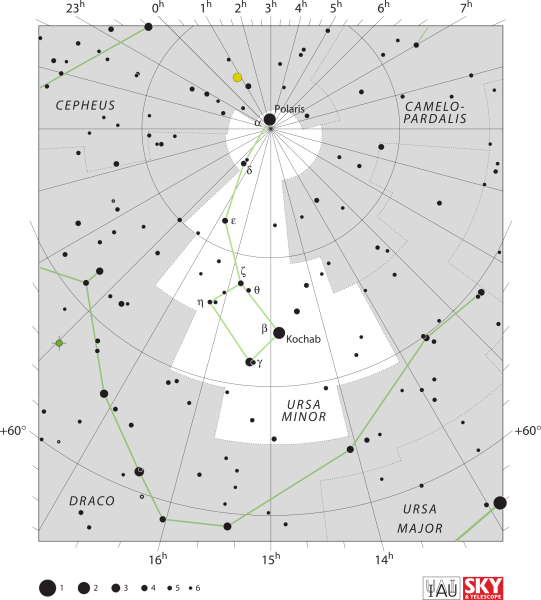
Cosmically we find that matter organizes around centers, which are often marked by a dominant mass. Such systems come about wherever their neighbors allow them sufficient freedom. In the vastness of astronomical space the rotating galaxies and the smaller solar or planetary systems are free to create such centric patterns, and in the microscopic realm so are the atoms with their electrons circling around a nucleus.
Rudolf Arnheim, The Power of the Center
The center constitutes one of the principal inquires of philosophy. The mystery of self and our place within the cosmos. In the arts, the center is corporeal element of composition, serving as the point of departure—the the north start in the night sky that reveals the changeless order in ever changing night sky.
One mode of visual thinking comprising decomposing an image into interaction of centers, each radiating vectors towards the others, creating field of vectors along plane of the image. The resultant field expressing degree of centricity and eccentricity within the image. Centric compositions expressing radial arrangement of vectors, relating an idealist conception of reality, with the self as center. Eccentric compositions expressing cartesian arrangement of vectors, revealing a materialist conception of reality, with the self as one among universe of centers.
BIBLIOGRAPHY: 1. Sky & Telescope. Ursa Minor IAU. Digital image. IAU.org. IAU, 2011. Web. 5 June 2011. 2. Arnheim, Rudolf. The Power of the Center. Berkeley: University of California Press, 1982. Print.